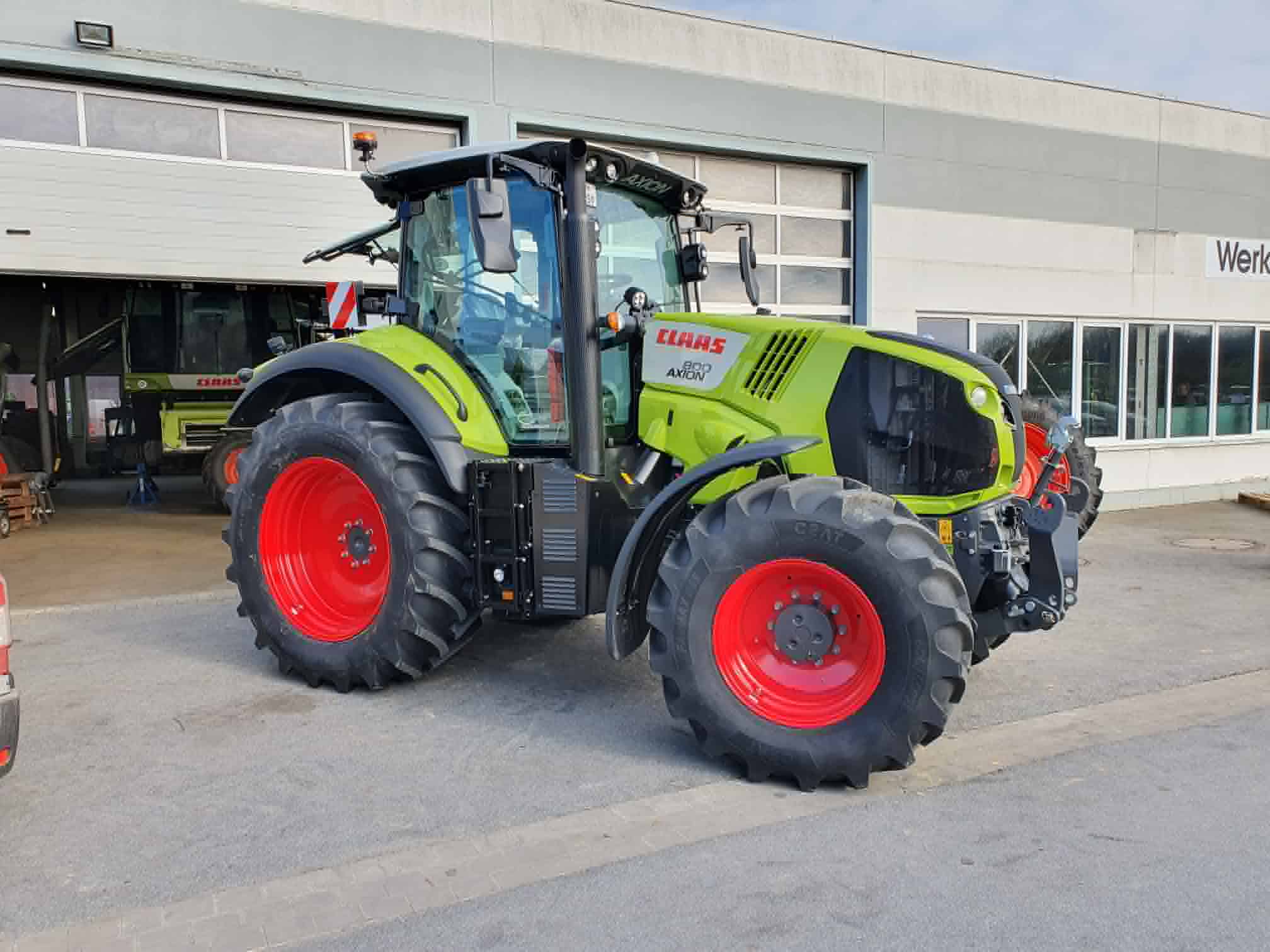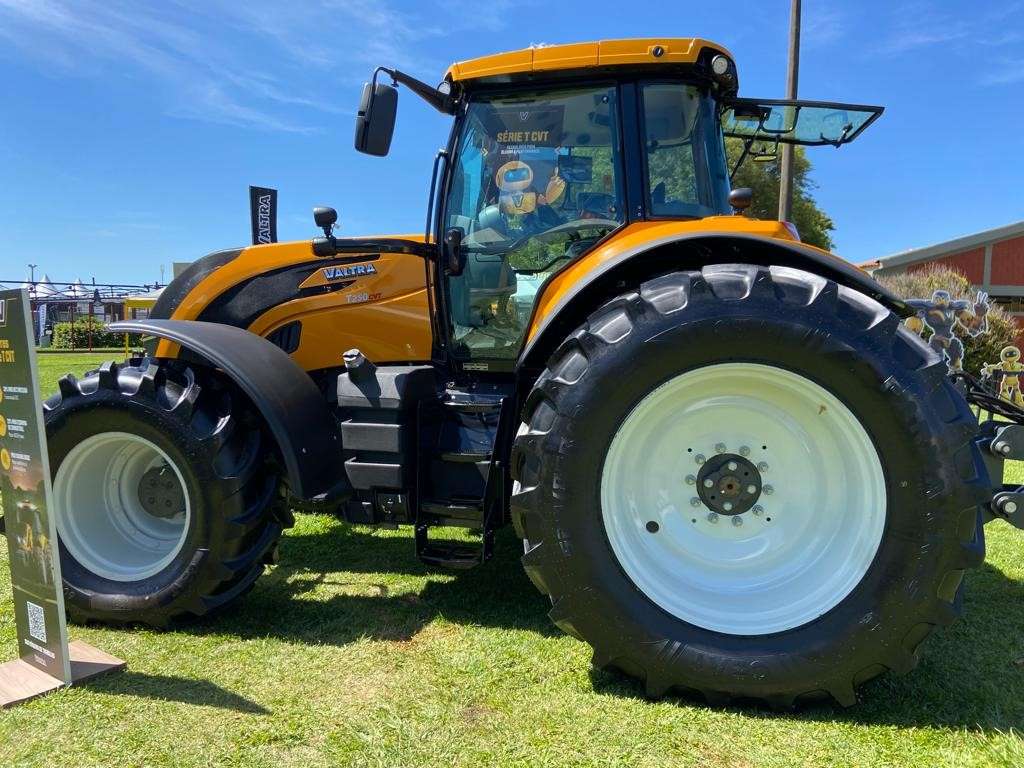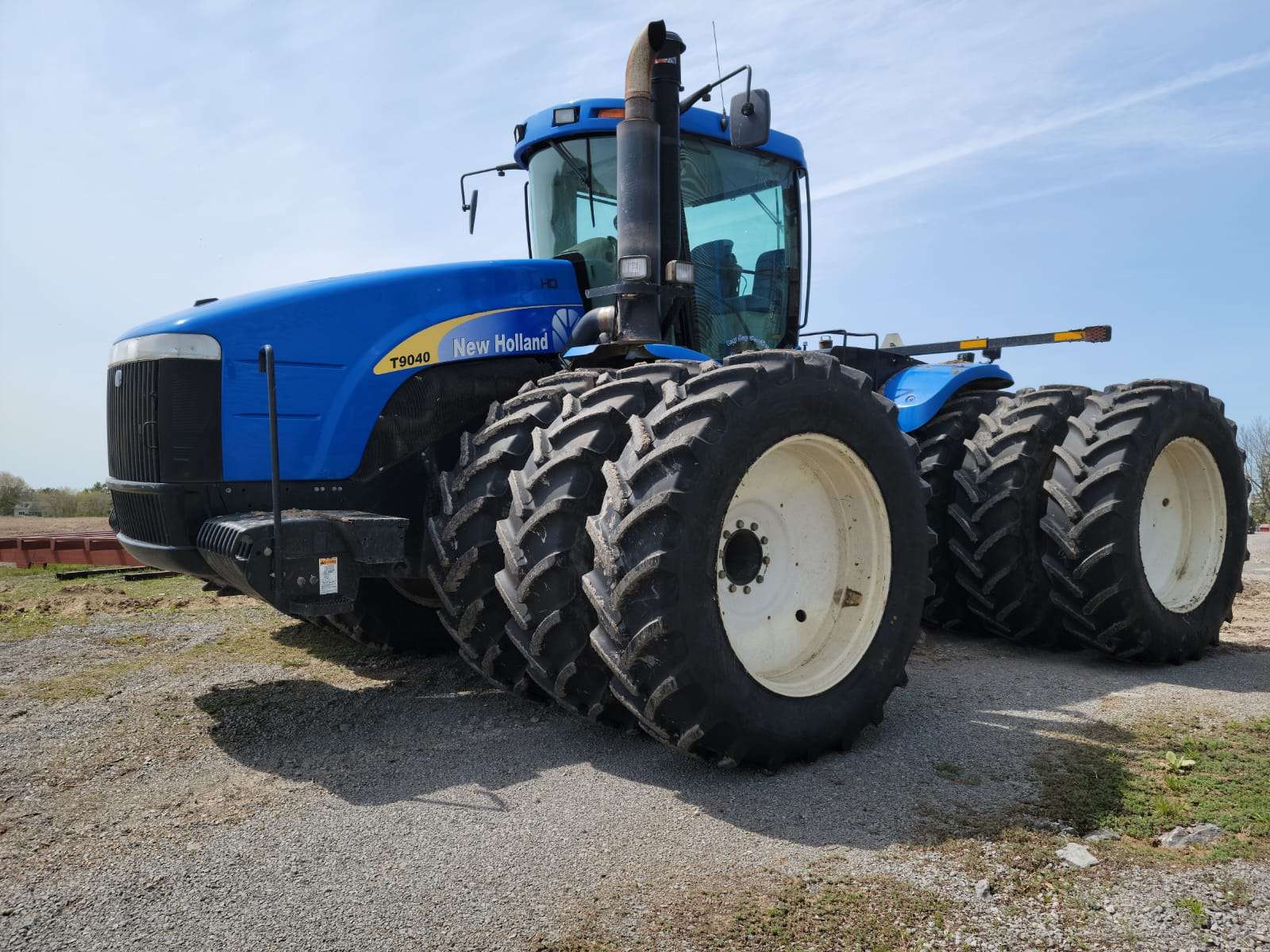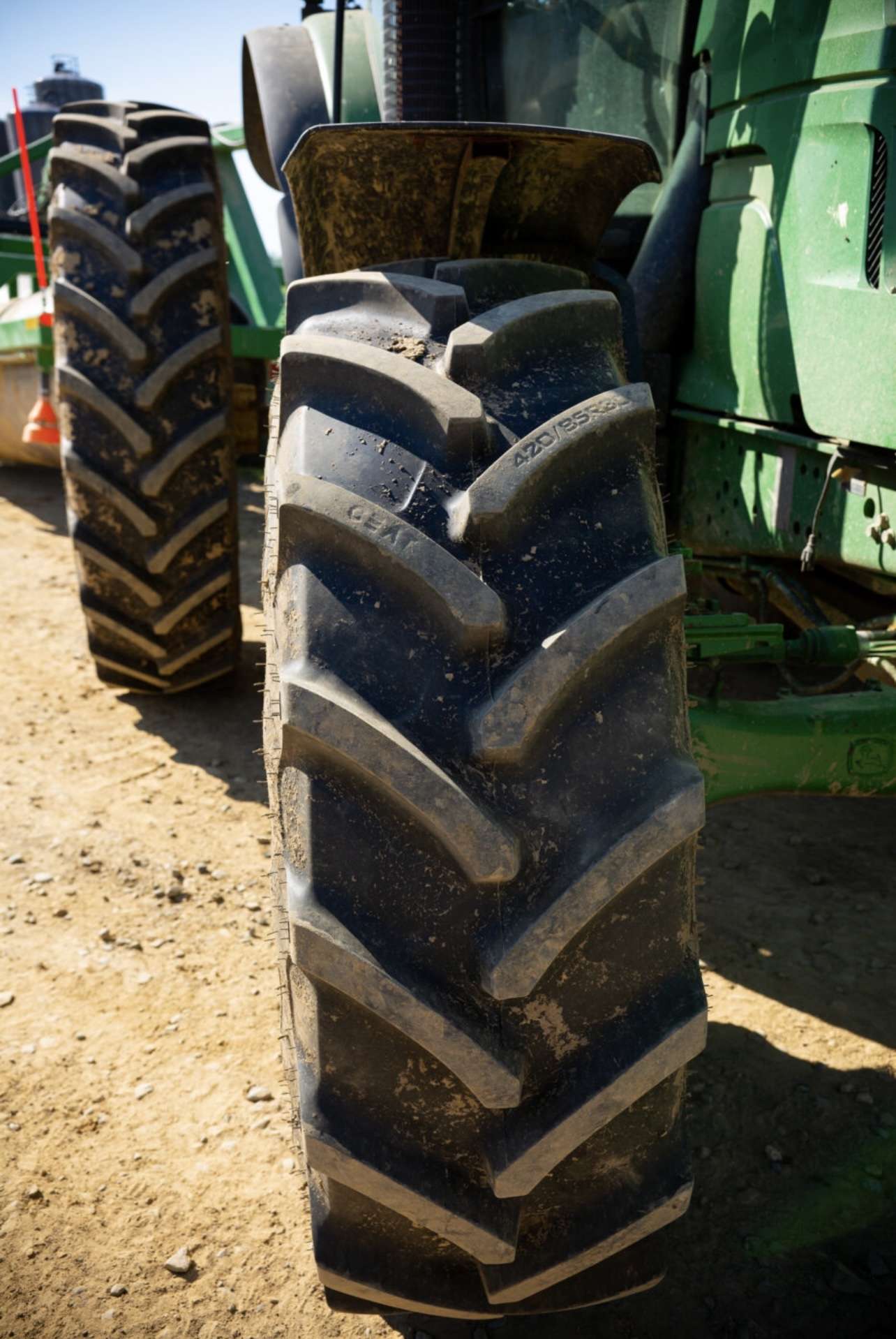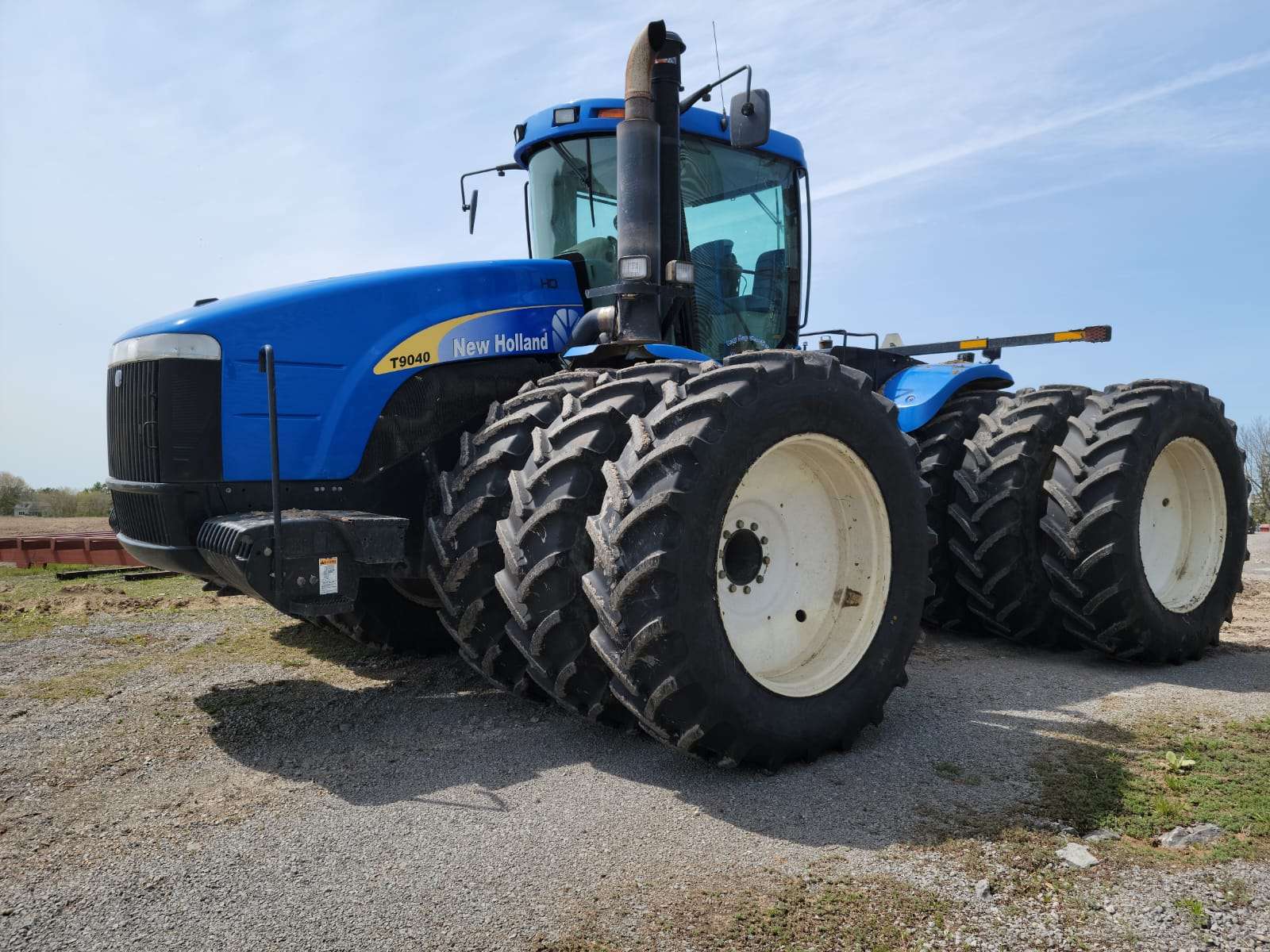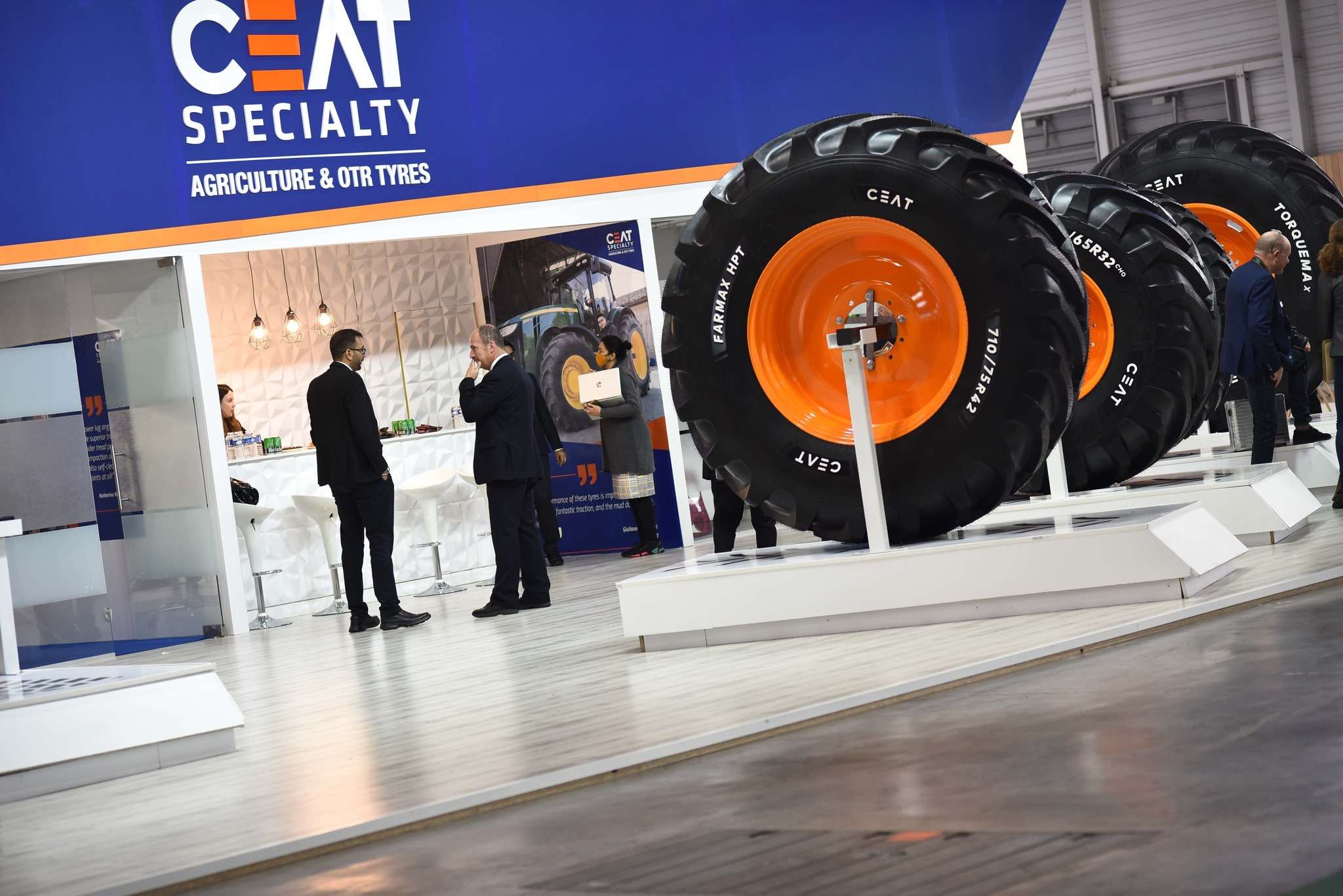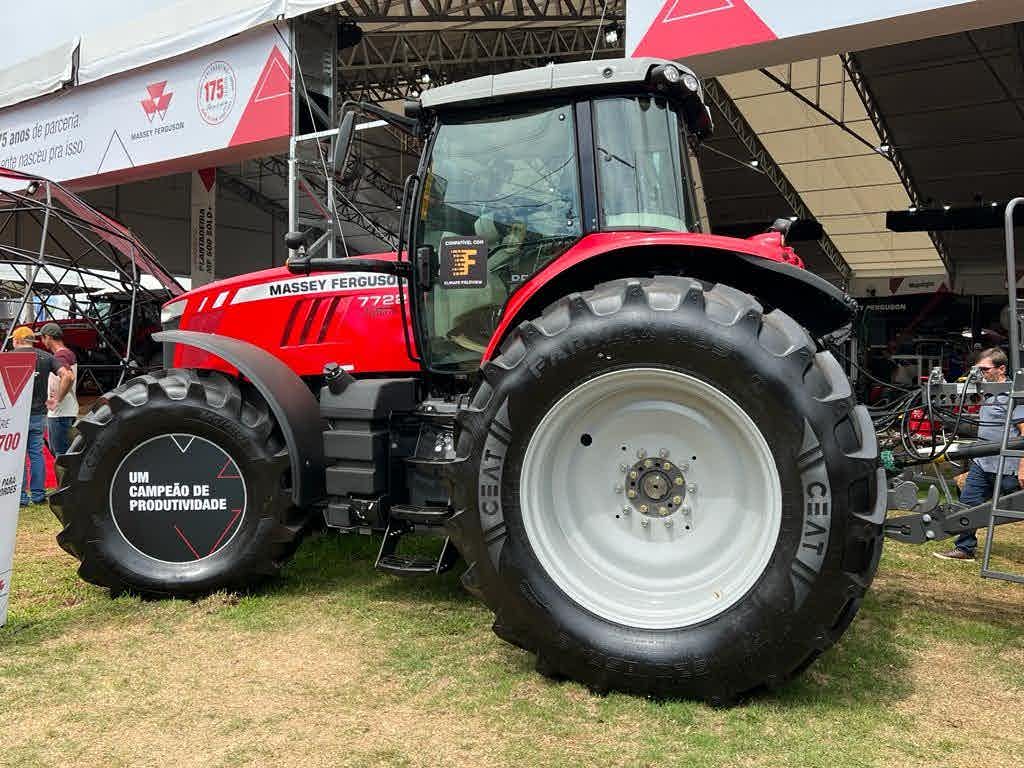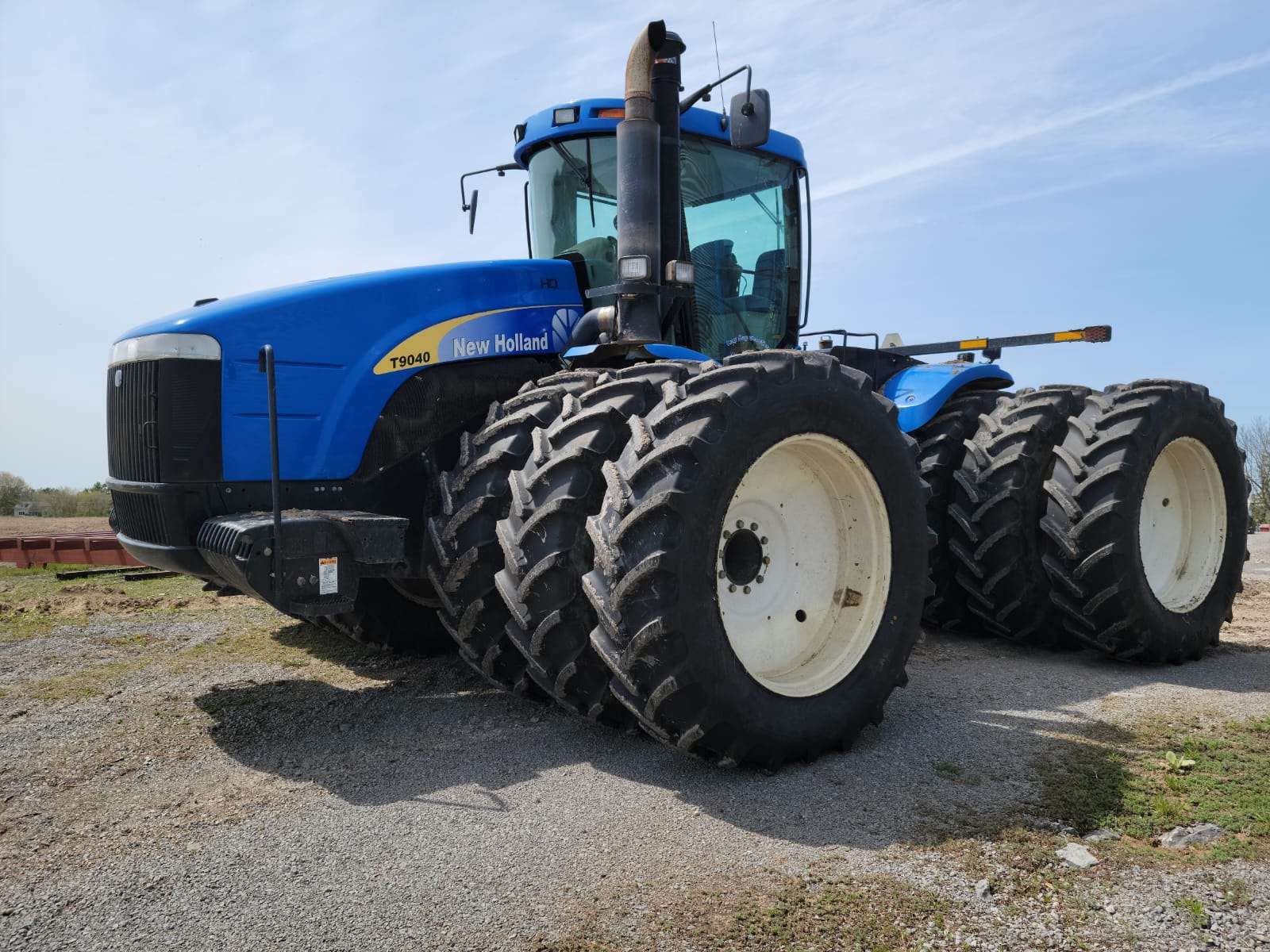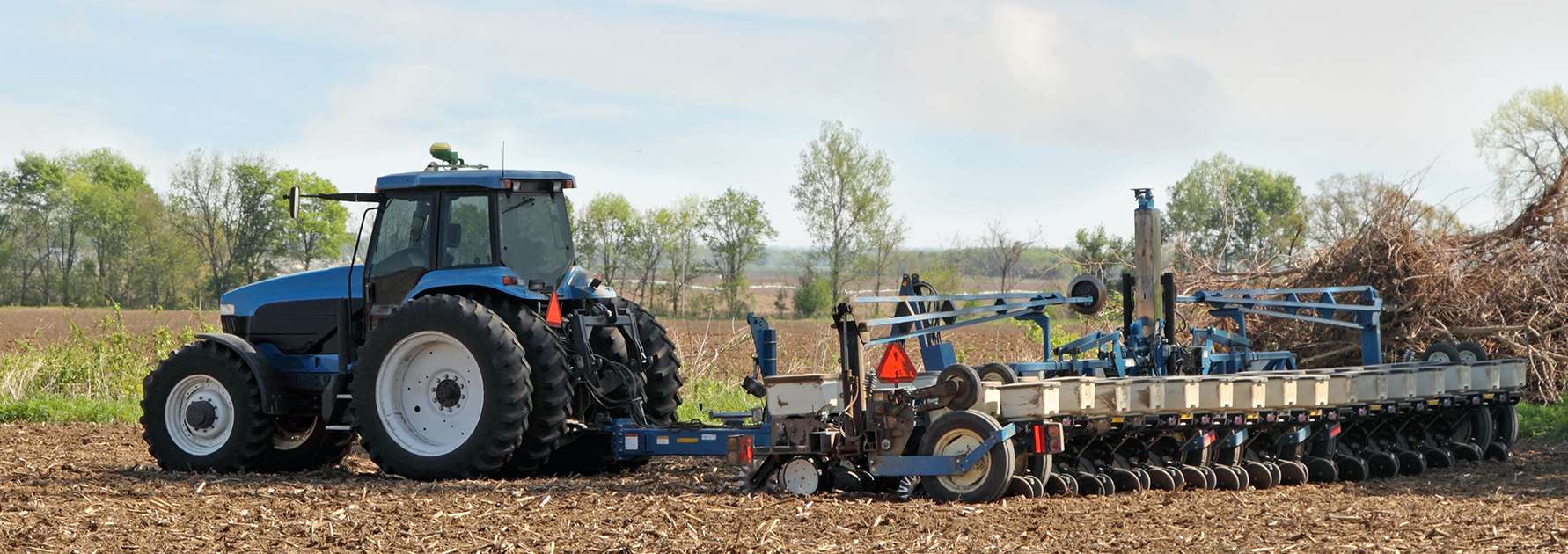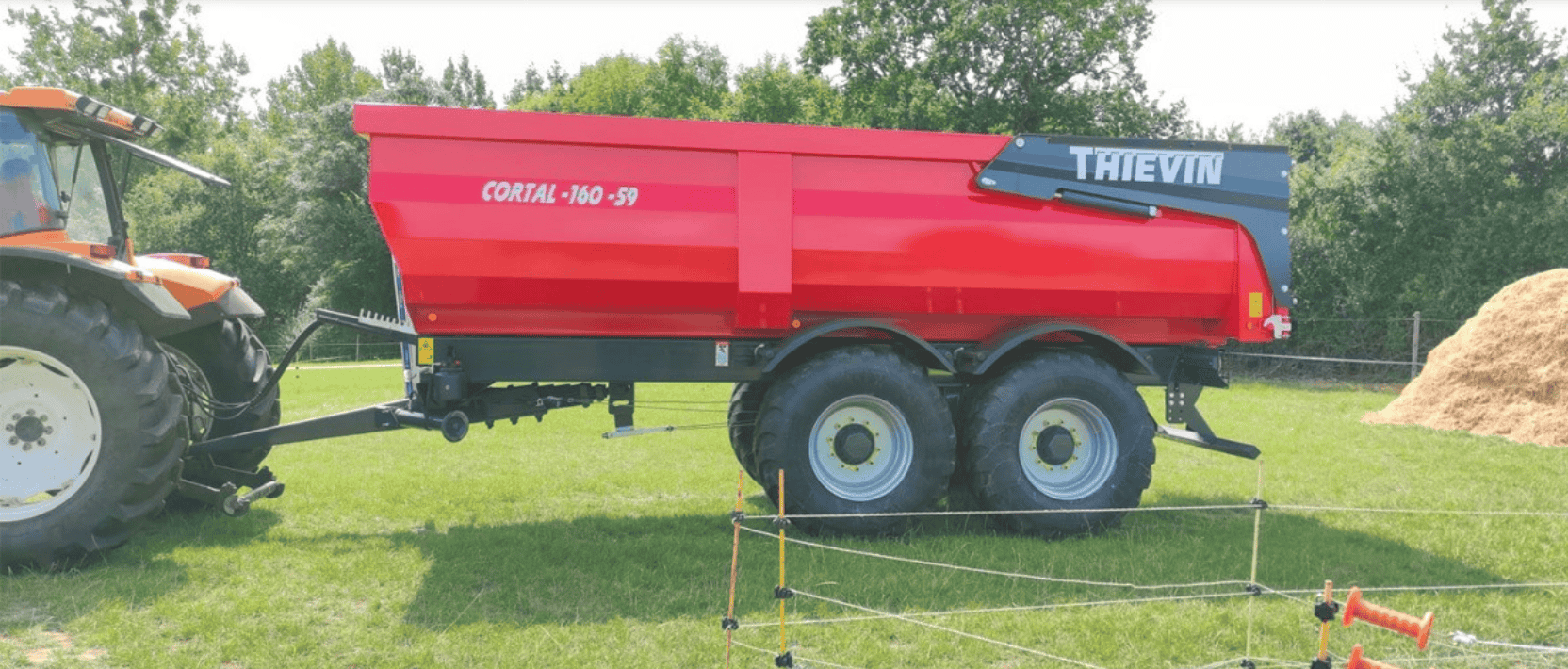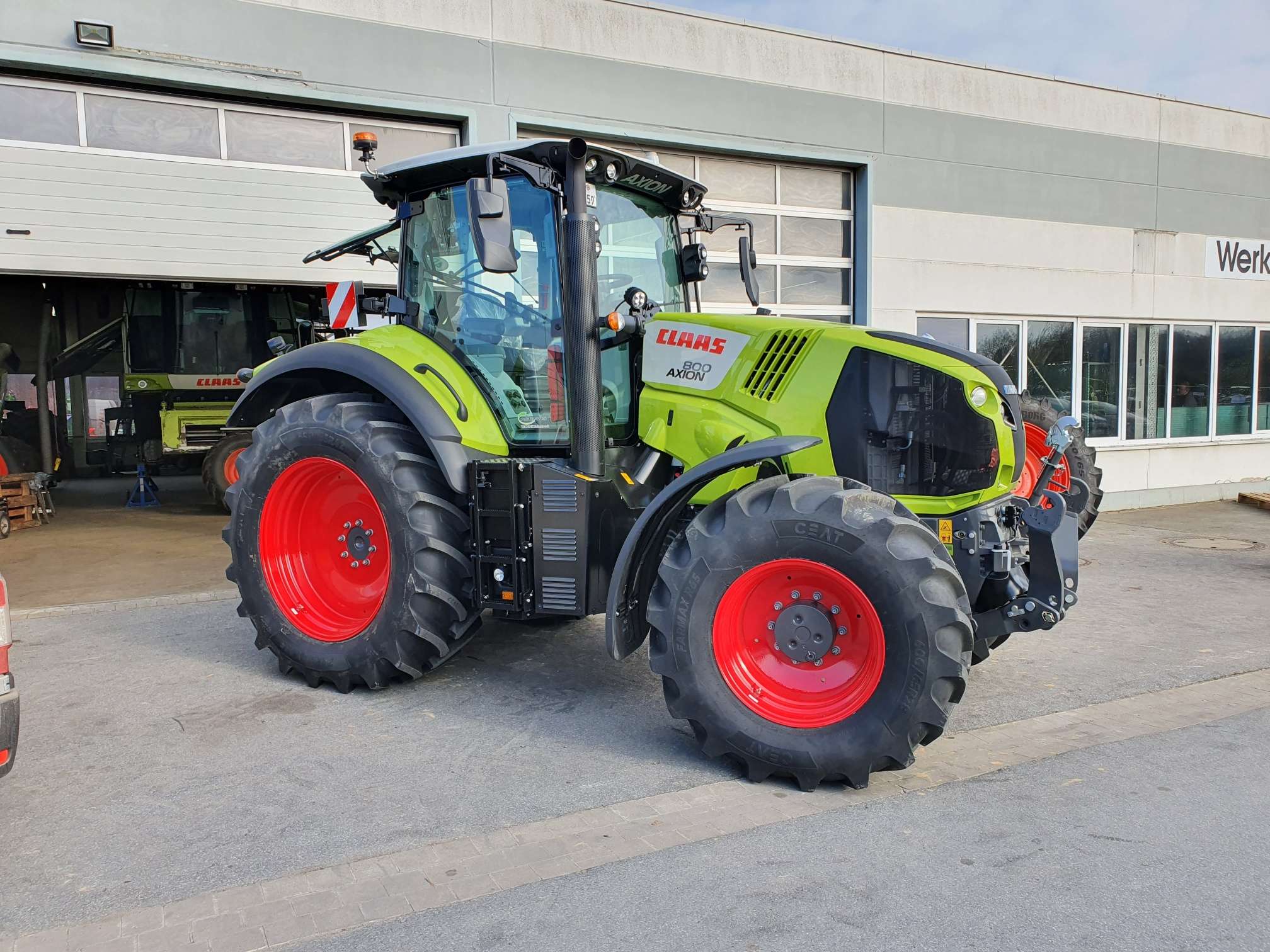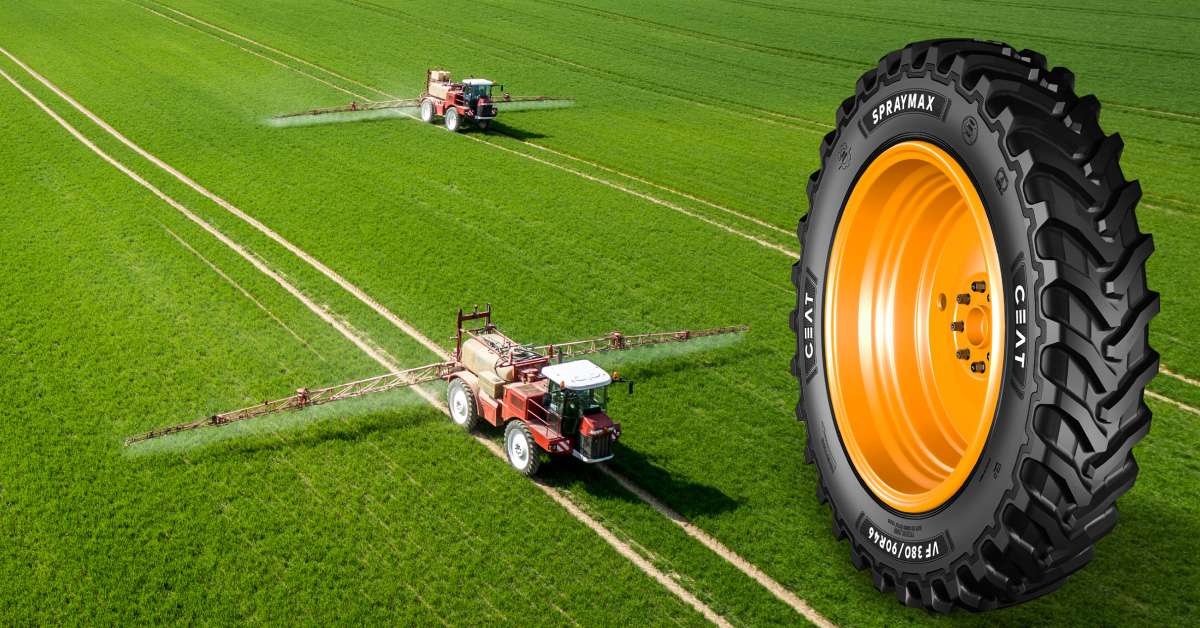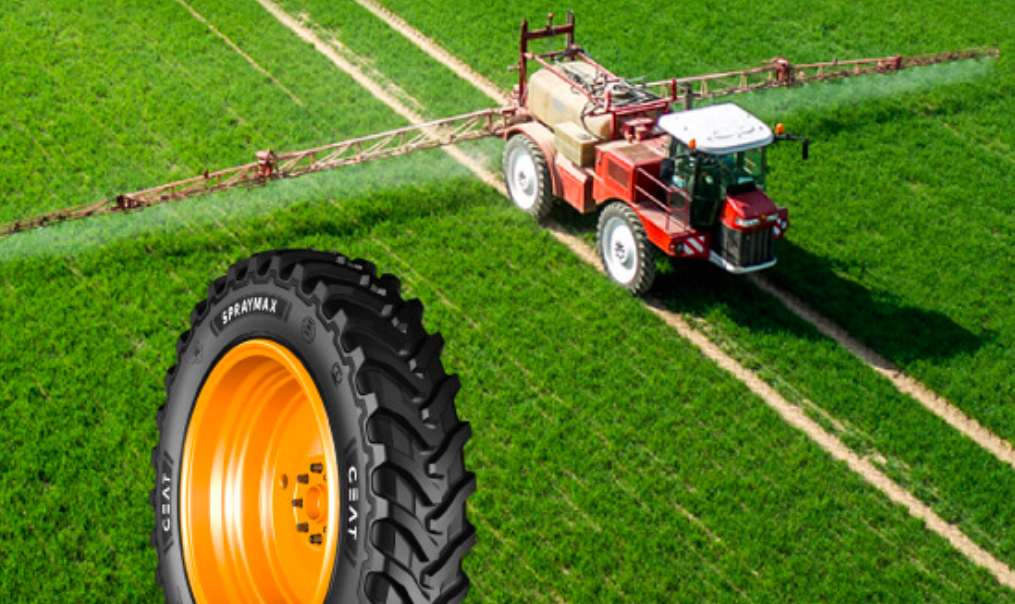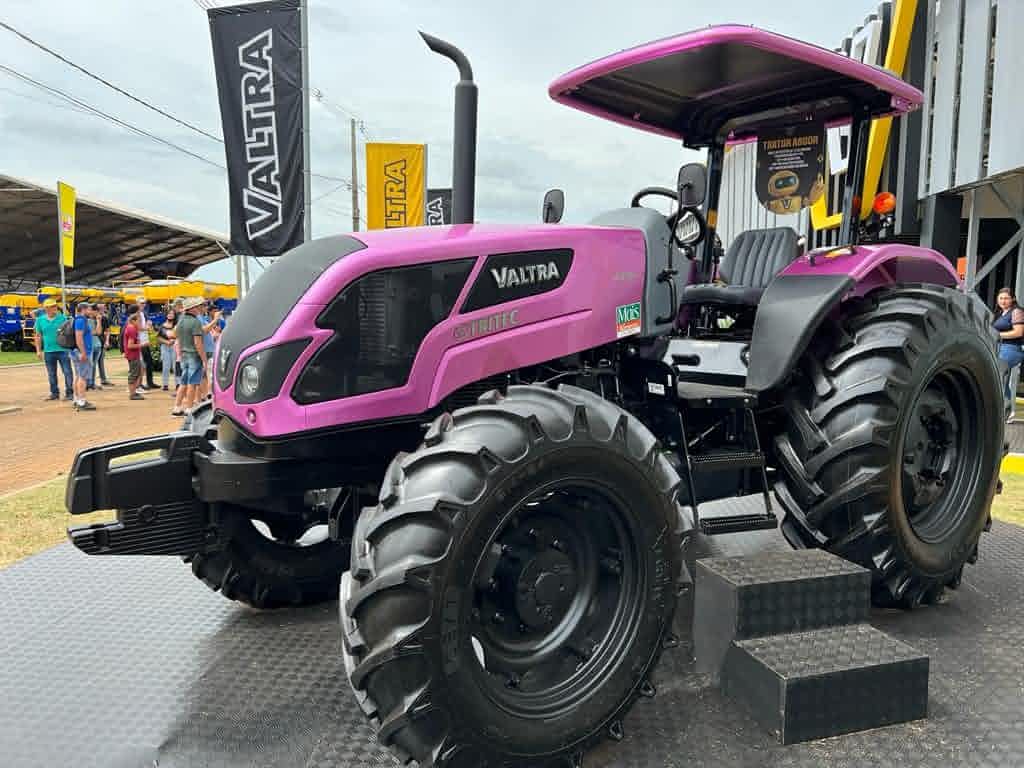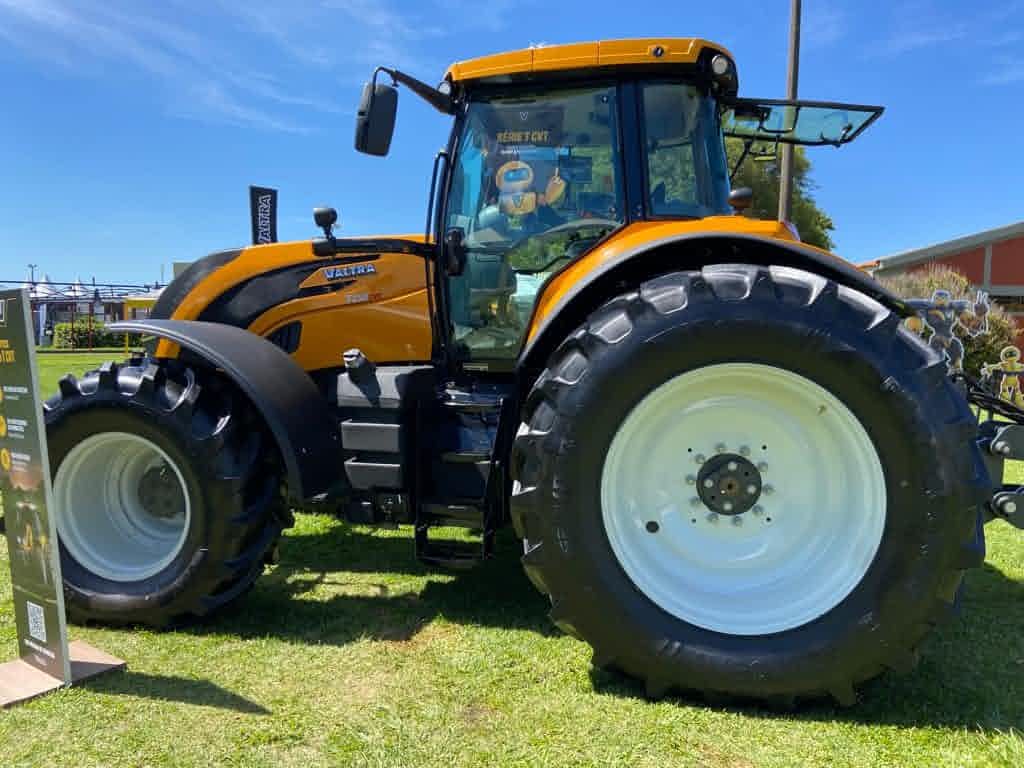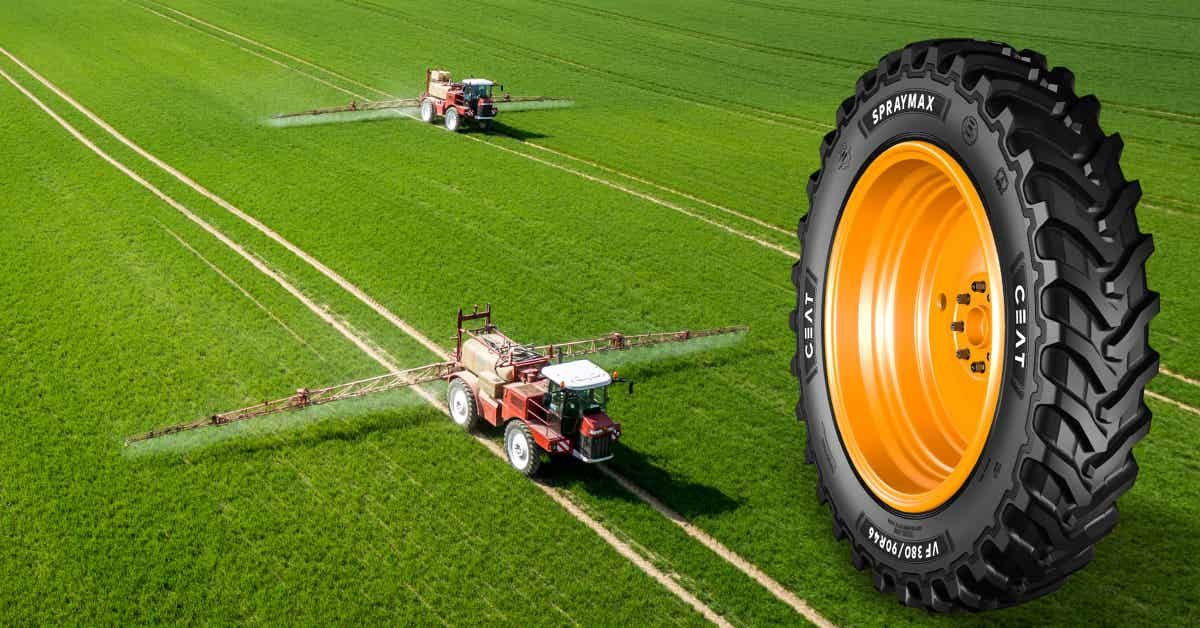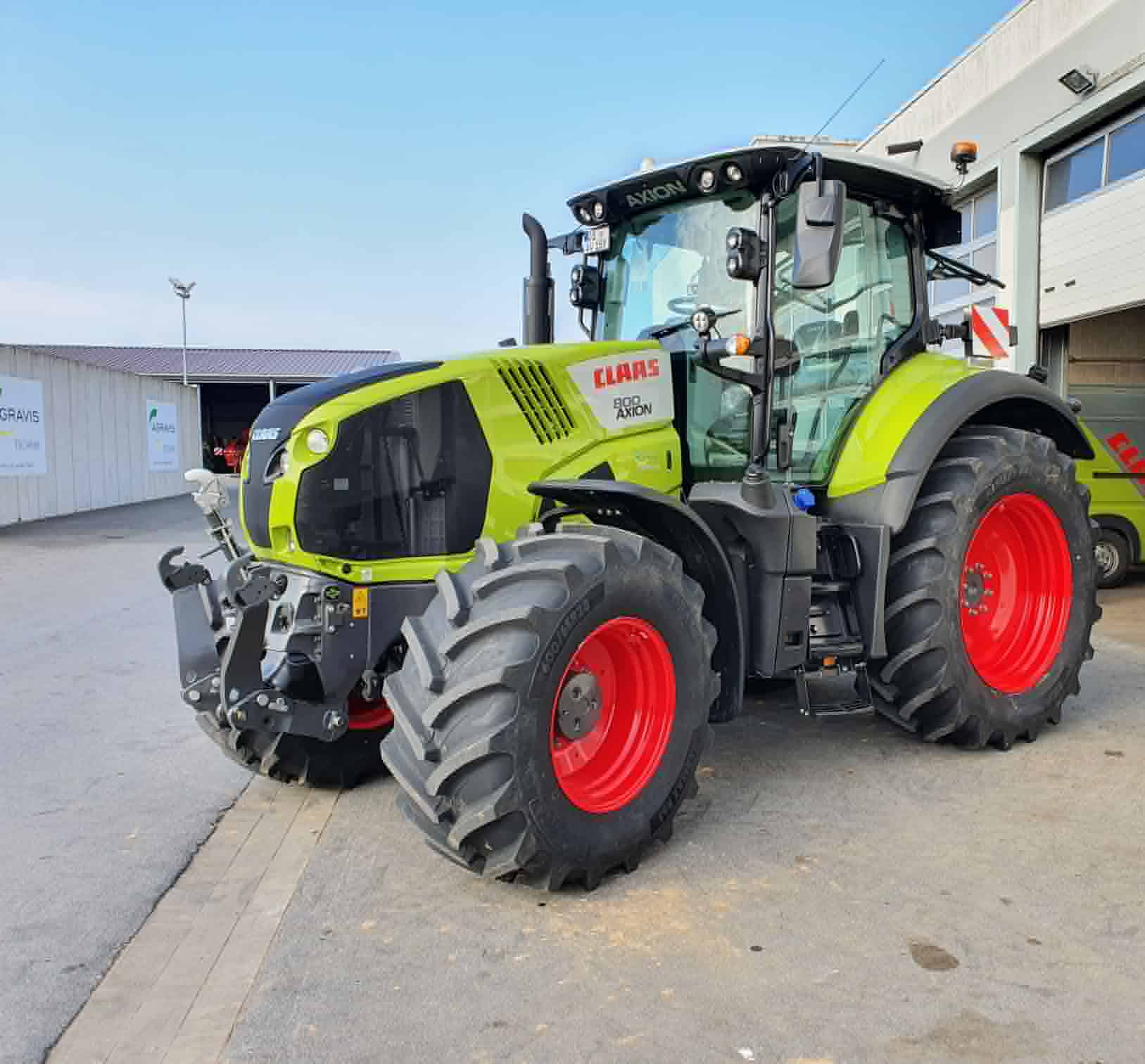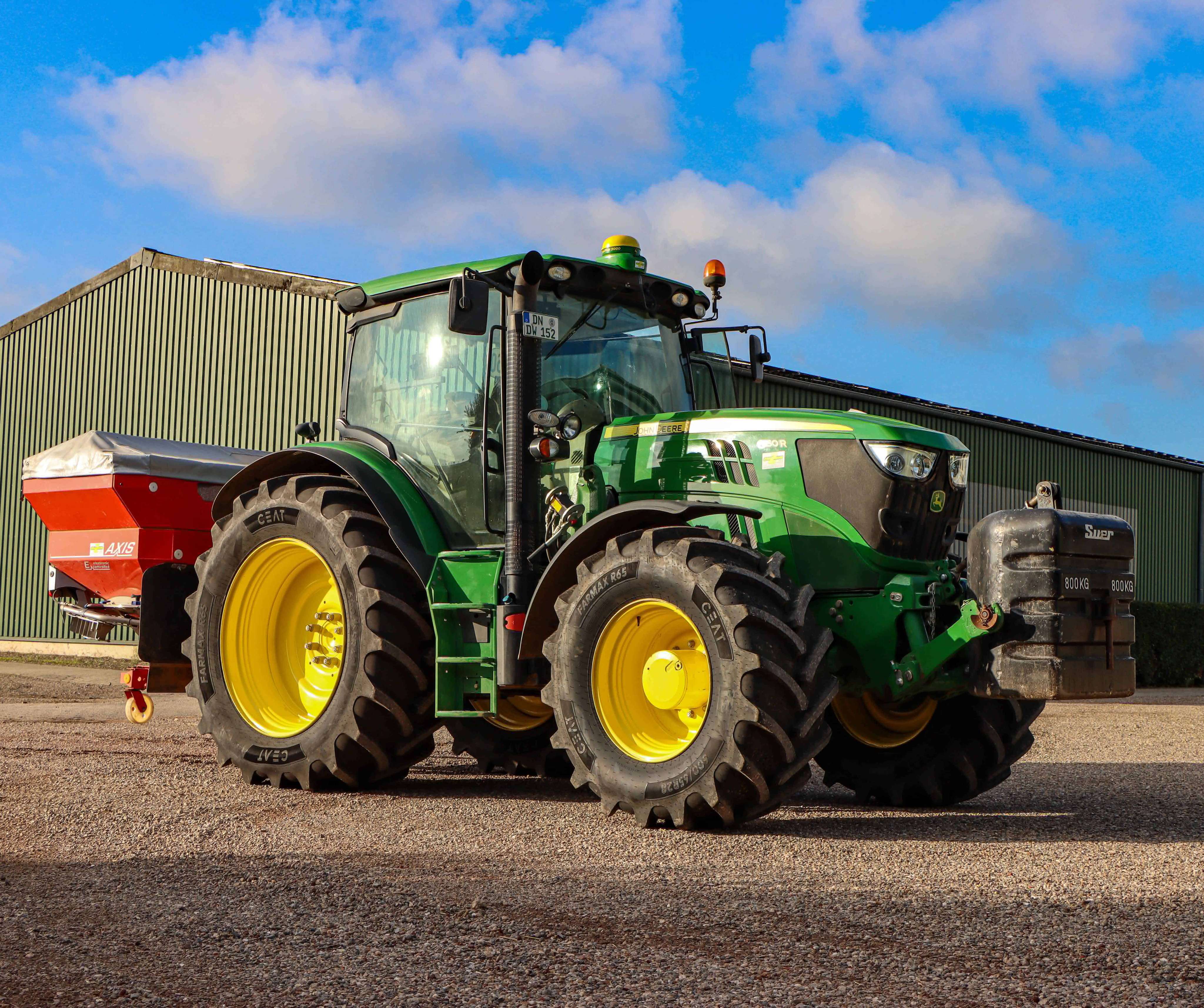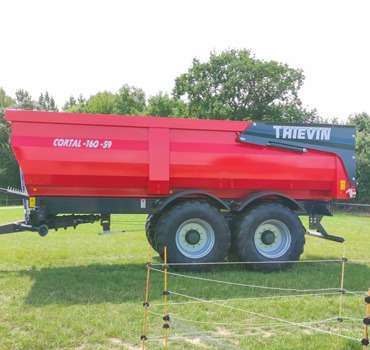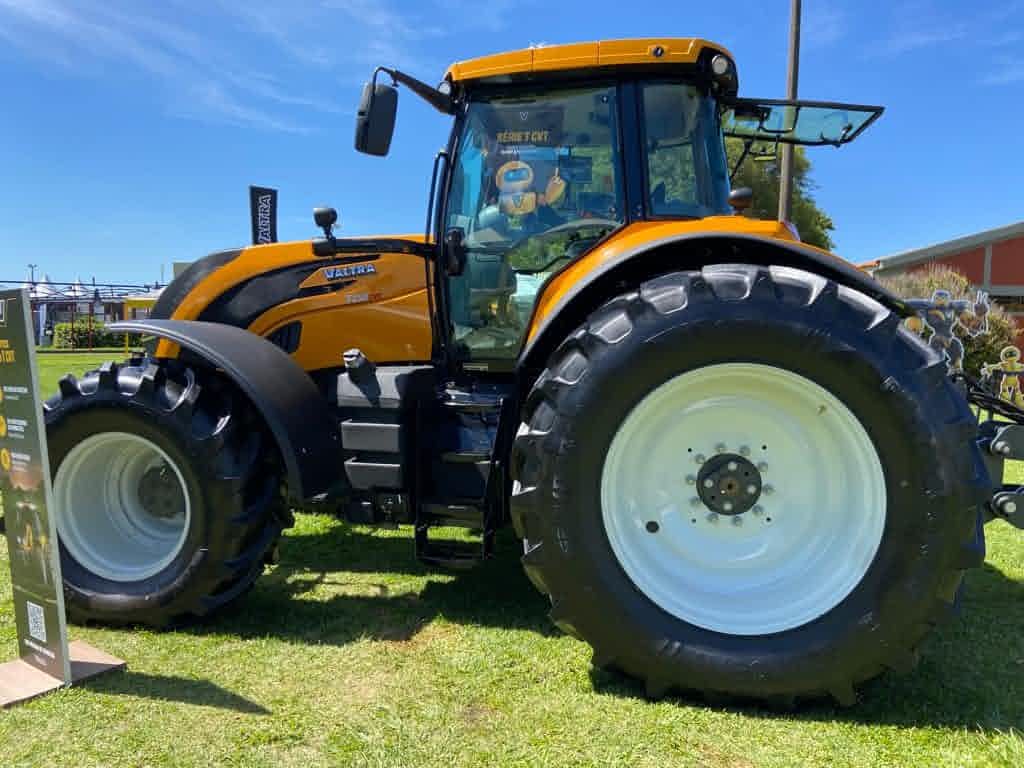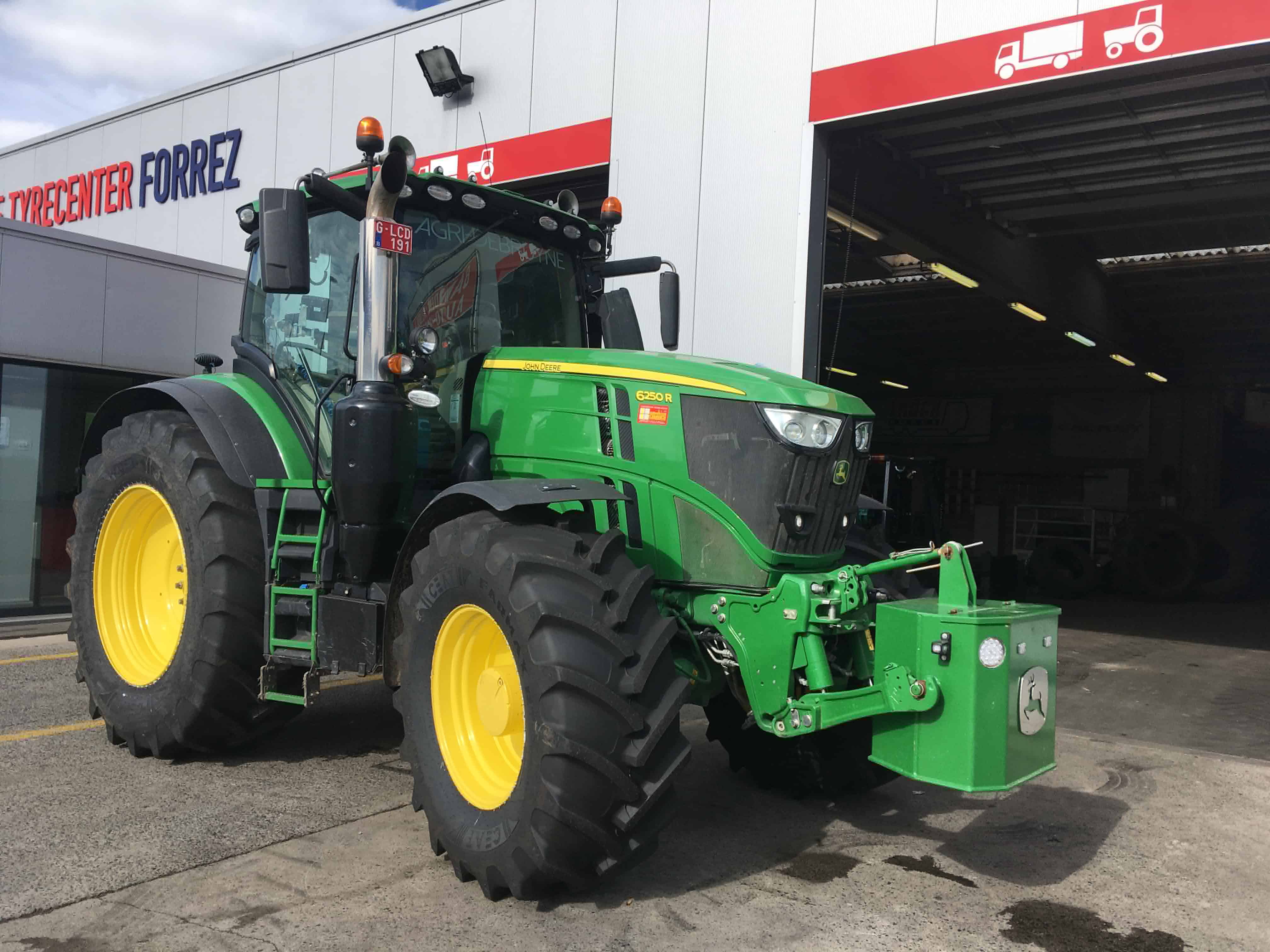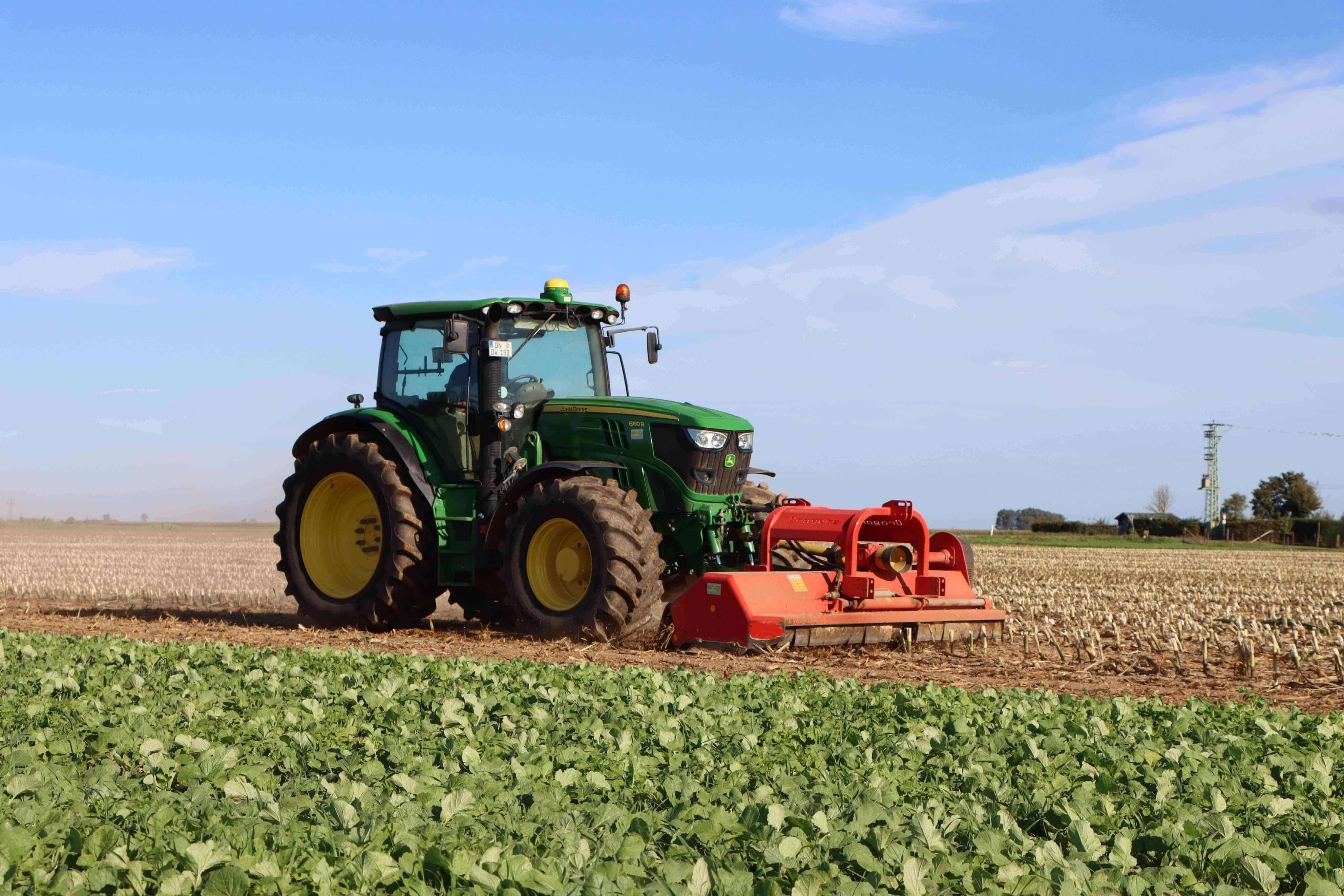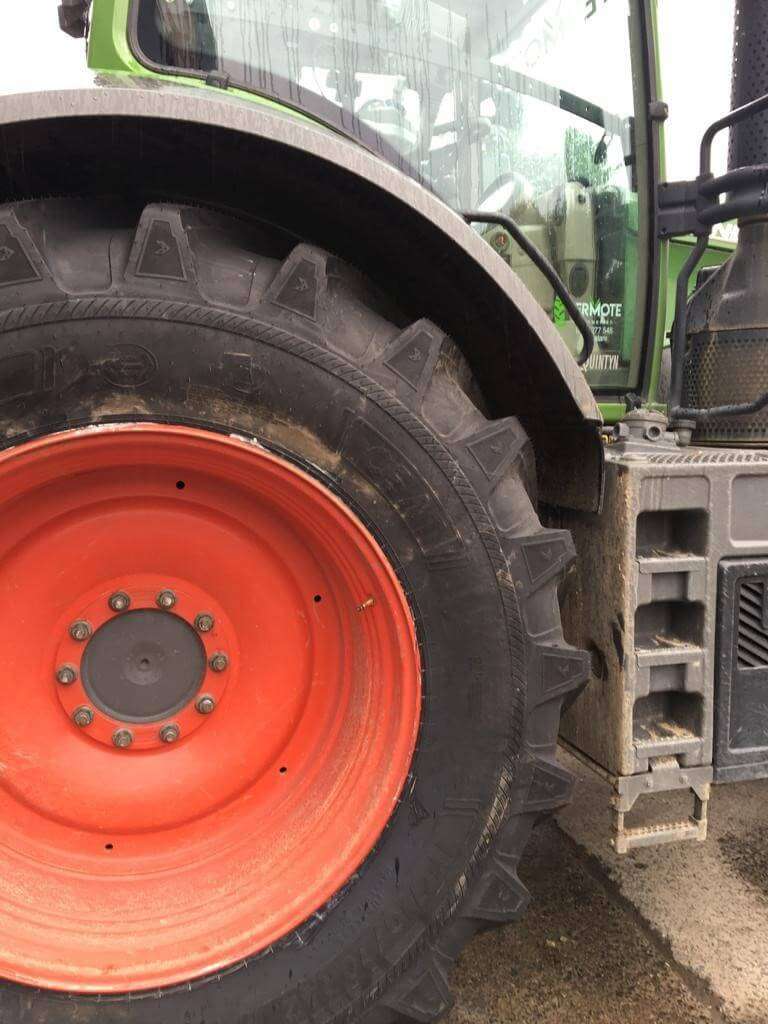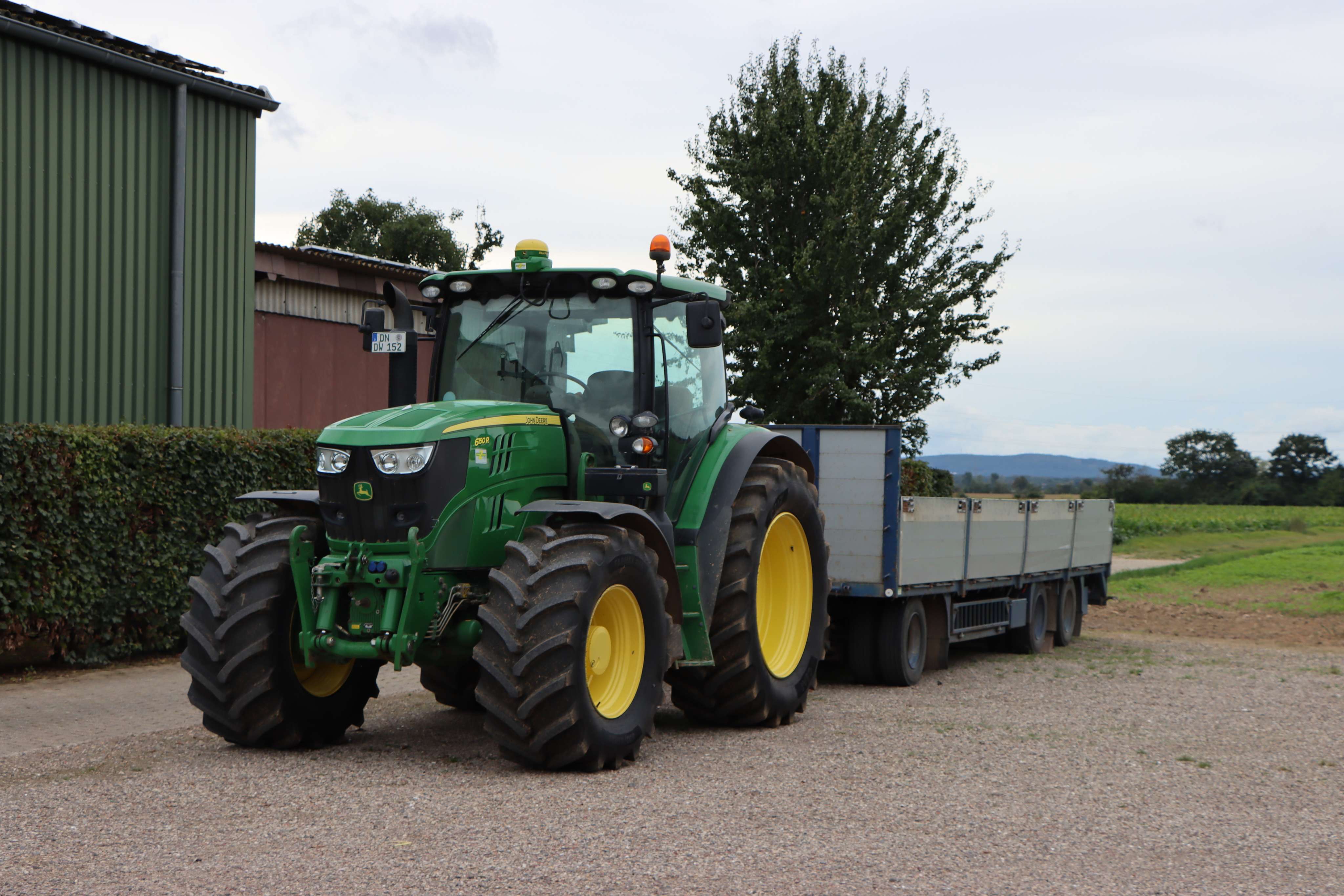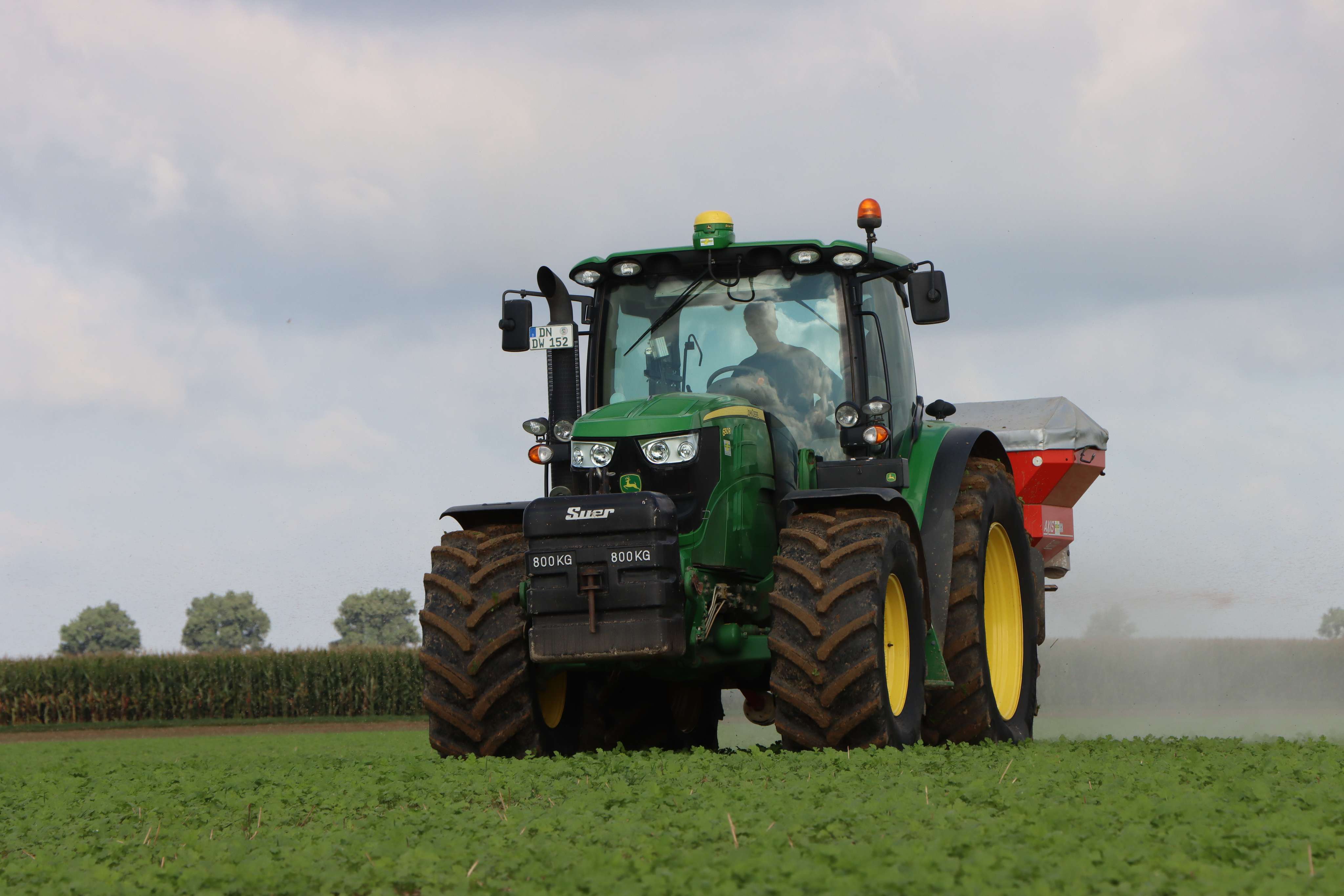ceat-speciality:blogs-tags/all,ceat-speciality:blogs-tags/tyre-care
How to boost the tractive power of your tractor’s tyres
Mon, 13 Jun 2022 | PRODUCTS
Whether they are brand new, half-worn or down to the last ten per cent of their original tread depth, there are multiple ways in which you can ensure you transfer the maximum power of your tractor from the engine through the transmission to the tractor’s tyres. Maximising their productivity will do the same for your tractor, and ensure you get the greatest possible return from the combination, maximising conversion of fuel into productive work and delaying for as long as possible that next trawl through tractor tyres’ price lists or online searches for ‘tractor tyres for sale’ or ‘tractor tyres near me’.
Correct tractor tyre pressures
Operating your tractor’s tyres at the correct working pressures as recommended by the tractor tyre manufacturer is central to maximising tractive power. If they are operated at too high a pressure, their footprint will be reduced as the amount of tread in contact with the ground is progressively reduced the more air above the recommended level is pumped into the tractor tyre. This forces the centre of the tractor tyre tread deeper into the soil, but at the same time causes the shoulders of the tractor tyre and its tread to rise away from the ground, reducing the tractive power of the tractor tyre and the tractor itself.
Conversely, operating tractor tyres at below the recommended pressure causes depression of the centre of the tractor tyre tread, reducing its ability to transfer the full tractive force of the tractor and tractor tyre to the ground. It also places increased forces on the tractor tyre’s shoulders, and as such can result in the tractor tyre slipping on the rim.
Four-wheel drive engagement
Most modern tractors have a driven front axle with selectable four-wheel drive for in-field work. While most good tractor operators would make a point of ensuring 4wd is engaged when working on heavy draft tasks such as ploughing or subsoiling, it can be easy to forget the value and importance of also ensuring it is employed on secondary cultivations, when the tractive power of the rear tractor tyres will be reduced if the drive to the front tractor tyres/wheels is not also in use. Tractive power will also be maximised when performing tasks on hilly or steep ground, such as spreading fertiliser on hilly grassland, maximising tractor tyre productivity and operator safety.
Setting of the tractor’s draft control
Following on from the previous point, to maximise tractive power with 4wd engaged it is also crucial to ensure the tractor’s draft control system is correctly set. Depending on the load being imposed on the tractor, draft control sensitivity when performing deep primary tillage with a mounted implement such as a plough or subsoiler should be such that, when load above a set limit is imposed on the tractor’s top link, the system raises the implement very slightly until the resistance falls and the original depth setting is restored. This will help minimise wheelslip and maximise tractive force.
Wheelslip control
Whether or not you are working with a soil-engaging implement – and many now are semi-mounted through the lower links only, or fully trailed – it is also important to correctly set the tractor’s wheelslip monitor – if fitted – to maximise tractive power. As a general rule, wheelslip monitors should be set to operate at a wheelslip level of 12-15% when working on primary or secondary cultivations. This bracket provides the best blend of tyre performance and transmission protection, allowing the tractor tyres to bite into the soil and turn the maximum amount of tractive force into productive work.
Weight your tractor according to the load imposed on it during work
Front-end weights – and for difficult conditions perhaps also front wheel weights – are again an essential part of correct tractor set-up for heavy draft work. Not only will they ensure the front of the tractor stays firmly planted on the ground when a heavy rear linkage-mounted implement is raised, and thus also aid front wheel traction when turning on the headland, but they will also maximise the tractive power of the front tractor tyres because of this. For heavy draft work with large, long cultivators and ploughs, rear wheel weights may also be an advantage in maximising rear wheel traction. For tractors performing a lot of this type of work, consider asking your tractor tyre dealer to help weigh individual axles of the overall tractor and cultivator combination, to allow the weight imposition to be measured precisely and the tyre pressures to be set accordingly.
Follow these few points, and whether your tractor tyres have their full tread depth, half of it or very little left, you will ensure you are getting the most out of your tractor and its tyres, and maximise conversion of fuel into productive work. That should maximise the time before you next have to search tractor tyres price lists or make online searches for ‘tractor tyres for sale’ or ‘tractor tyres near me’.

